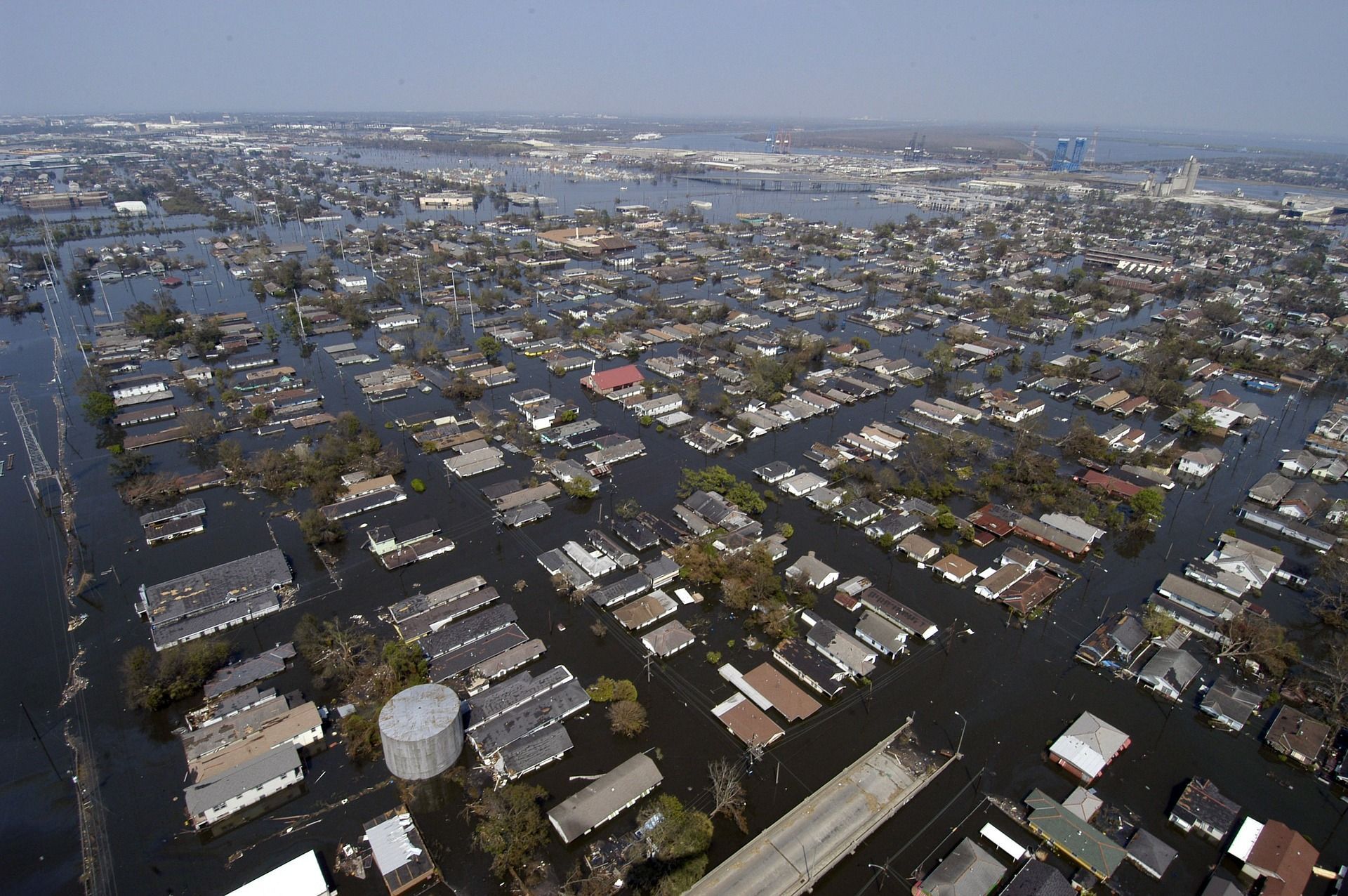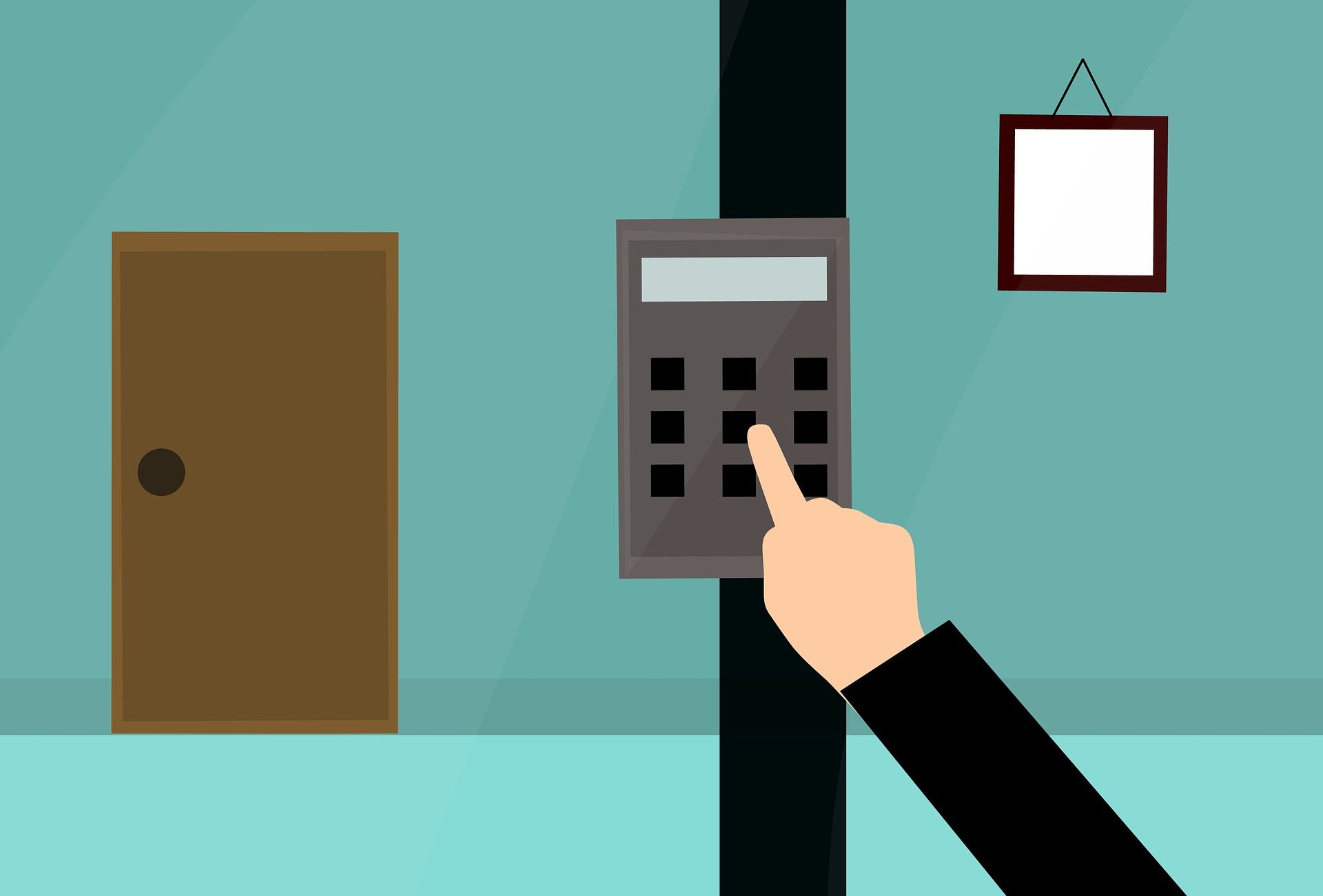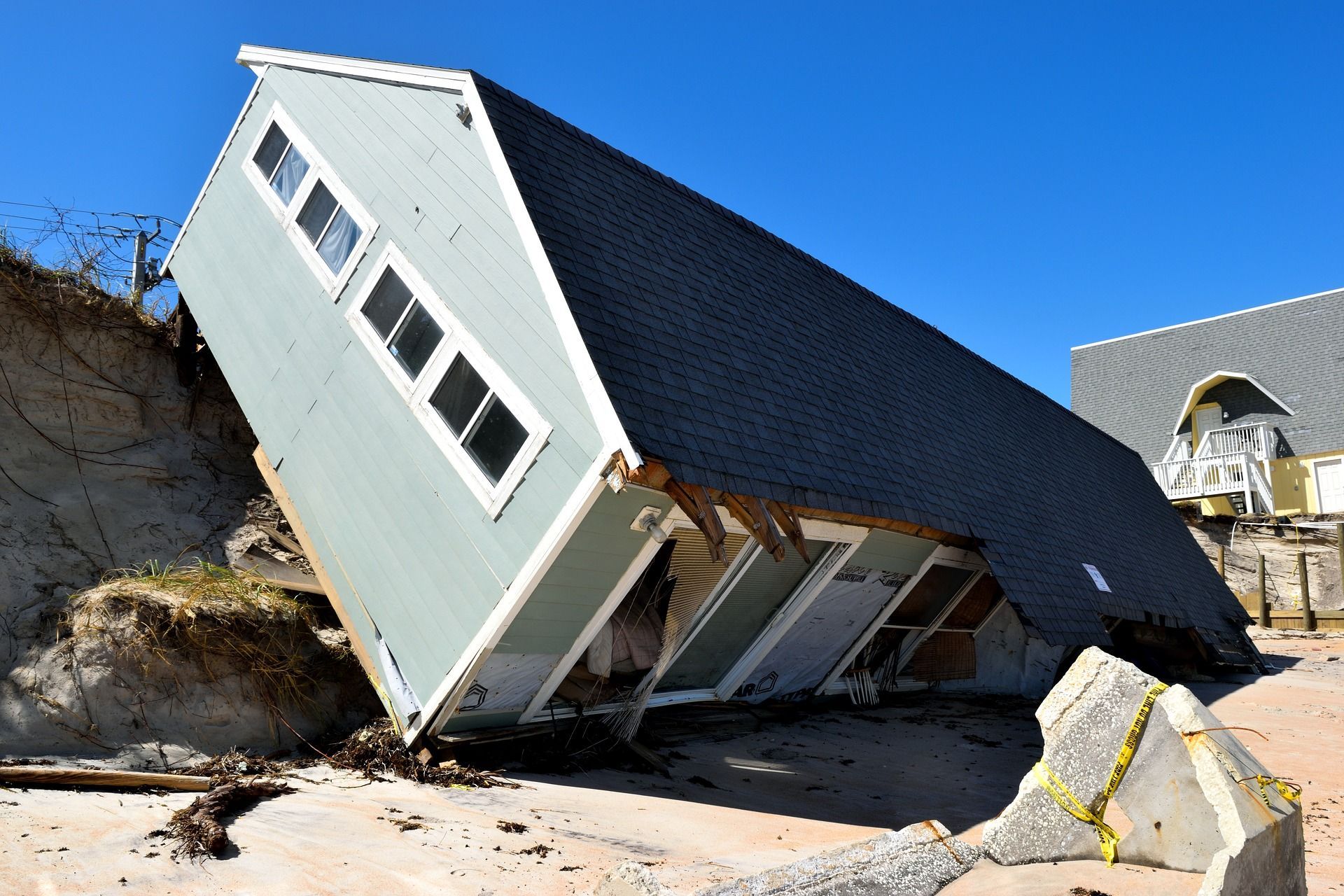Why wasn’t my insurance claim covered?
Let’s face it. People don’t generally trust their insurance companies. Money is paid to the insurance company – month after month, year after year – in the hopes that if a major insurance claim is filed the insurance company will be there to help pay for the losses incurred.
The reality is that a sizeable percentage of claims are closed each year without payment to the customer. These situations always leave the customers feeling disenchanted and fuel the notion that insurance companies are out to take advantage of the consumer. However, home and auto insurance is regulated at the state level and each state requires insurance companies to cover items listed in the insurance policy. If your loss should be covered according to your insurance policy, then it’s likely that your insurance company will gladly cover the loss with little, if any, resistance.
The vast majority of insurance claims closed without payment generally fall into three categories:
1. The insurance claim was less than the deductible. Many times, people forget that a deductible generally applies before the insurance coverage begins. Deductibles are chosen at the time of policy inception and are an agreement between the insurance company and the customer as to how much of the loss the customer will pay before coverage kicks in. Deductibles can range from a few hundred dollars to many thousands of dollars. If you file a claim and it’s denied because the loss is less than the deductible, there is a good chance that your insurance company will require proof of repairs. If proof of the repairs is not submitted to the insurance company, the insurance company reserves the right to drop you as a customer. This is particularly true with homeowners’ insurance.
Tip: Always check your deductibles before filing a claim.
2. There is no coverage on the policy for the loss incurred. There are generally two areas in the insurance policy in which this could happen. The first place is on the declarations page. When you purchase your insurance policy, you elect and decline certain available coverages. The second place is in the specific exclusions section of your insurance policy – items such as wear and tear, defect or corrosion may be excluded items.
Tip: Review your declaration pages annually and be informed as to the specific exclusions.
3. The policy lapsed for non-payment. While this is may seem like it’s not noteworthy, surprisingly it happens more often than you think. The reality is that if your policy lapses for non-payment, your insurance company will not pay for your losses. Your insurance company may allow you to reinstate your policy if it lapses, but they will most likely require a written statement that no losses have occurred in the interim. If you have a loss while your policy is lapsed, not only will the insurance company not cover it but they also reserve the right not to reinstate it.
Tip: Don’t let your policy lapse. In addition to losses not being covered you may be surcharged upon reinstatement as well.
We’re building amazing technology that will simplify insurance shopping. Want to learn more – Click Here and let us know!
Want more tips like this? Join the Chrinco.com community and follow us as we not only provide insurance tips to consumers but also are developing a new way to shop for insurance. Join the journey that we believe will change an industry. Chrinco.com – Insurance Simplified.
The post Why wasn’t my insurance claim covered? appeared first on Chrinco.









